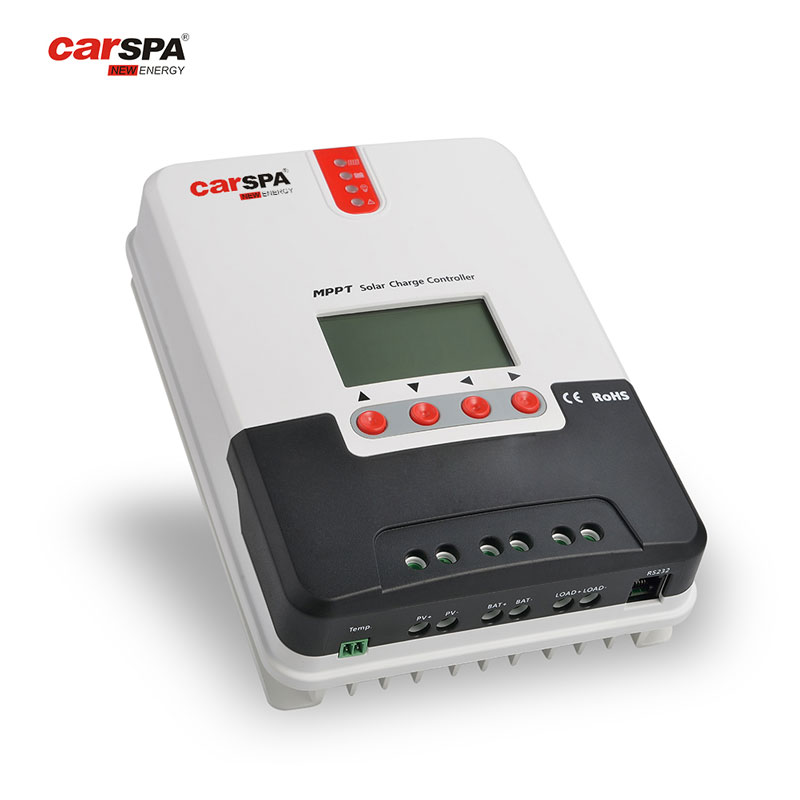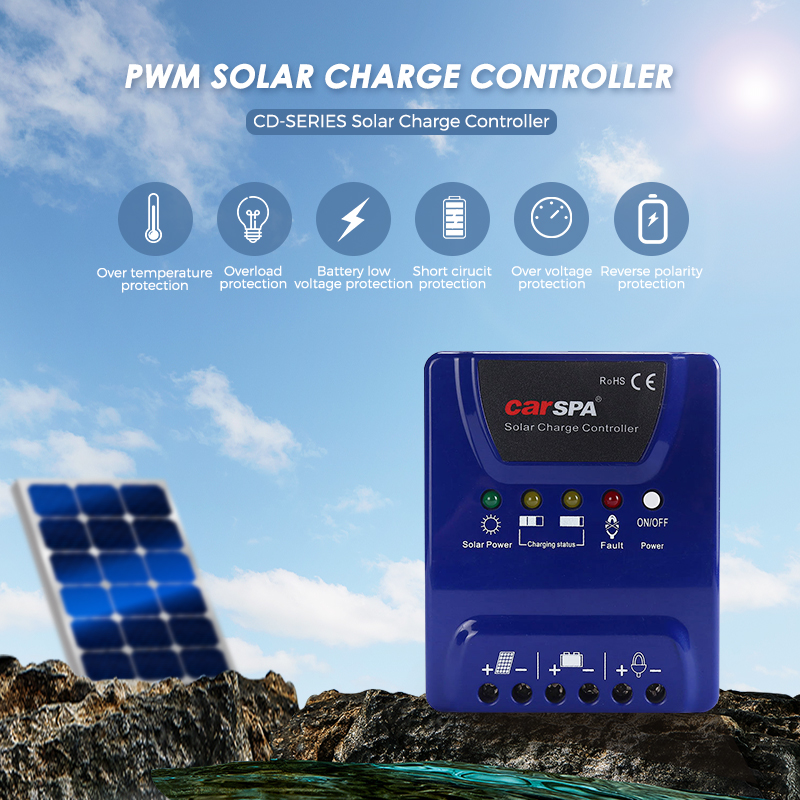Do I need a charge controller for my solar panel?
Solar energy has become an increasingly popular option for powering homes and businesses, with solar panels being a key component of these systems. However, before investing in solar panels, it's important to understand the various components needed to make the most of your investment. One important component to consider is a charge controller.
A charge controller is an essential component of any solar panel system. It helps to regulate the amount of energy that is stored in the battery bank, ensuring that it is neither overcharged nor undercharged. The main function of a charge controller is to prevent damage to the battery bank by regulating the amount of current and voltage that flows into it.
If you are using a small solar panel, such as a panel that is less than 5 watts, you may not need a charge controller. This is because the panel will not produce enough energy to cause damage to the battery bank. However, if you are using a larger solar panel, you will need a charge controller to regulate the flow of energy and protect your battery bank.
There are two types of charge controllers: PWM (Pulse Width Modulation) and MPPT (Maximum Power Point Tracking). PWM charge controllers are typically less expensive and are ideal for smaller systems, while MPPT charge controllers are more efficient and are better suited for larger systems.
PWM charge controllers work by regulating the voltage and current to the battery bank. They do this by switching the solar panel's output on and off rapidly, which controls the amount of energy that flows into the battery. This type of charge controller is best suited for smaller solar panel systems, as it can handle lower current loads.
MPPT charge controllers, on the other hand, are more efficient and can handle higher current loads. They work by tracking the maximum power point of the solar panel, which is the point at which the panel produces the most energy. By doing this, the controller can extract the maximum amount of energy from the panel and send it to the battery bank.
In conclusion, if you are considering investing in a solar panel system, it is important to consider the need for a charge controller. While smaller panels may not require one, larger systems will definitely need a charge controller to protect the battery bank and ensure efficient operation. When selecting a charge controller, it's important to consider the size of your system, the amount of energy you want to produce, and your budget. Ultimately, choosing the right charge controller will ensure that you get the most out of your solar panel system and enjoy the many benefits of renewable energy.






